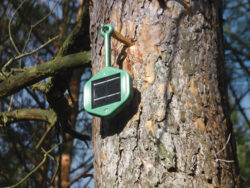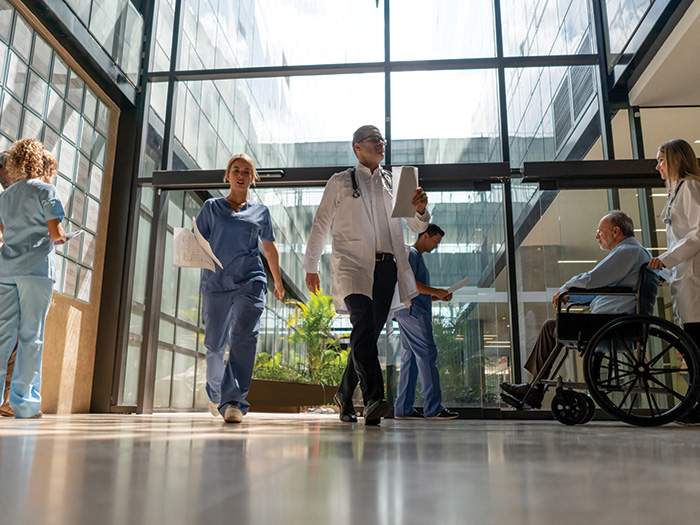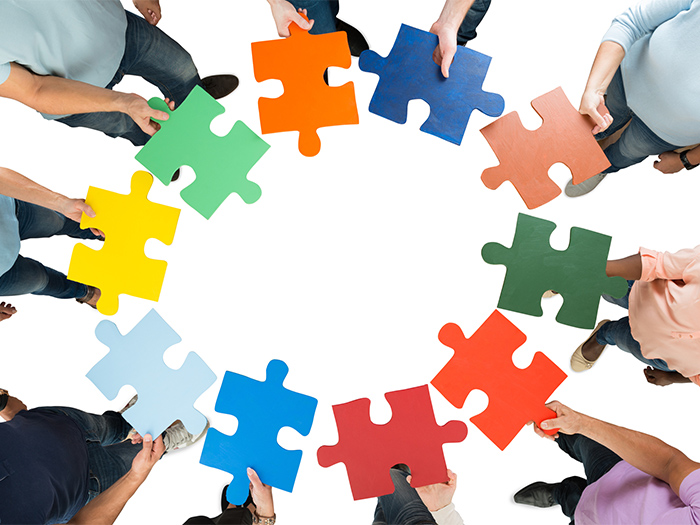Predict & Prevent™: How Technology Will Play a Crucial Role in Natural Catastrophe Property Loss Prevention
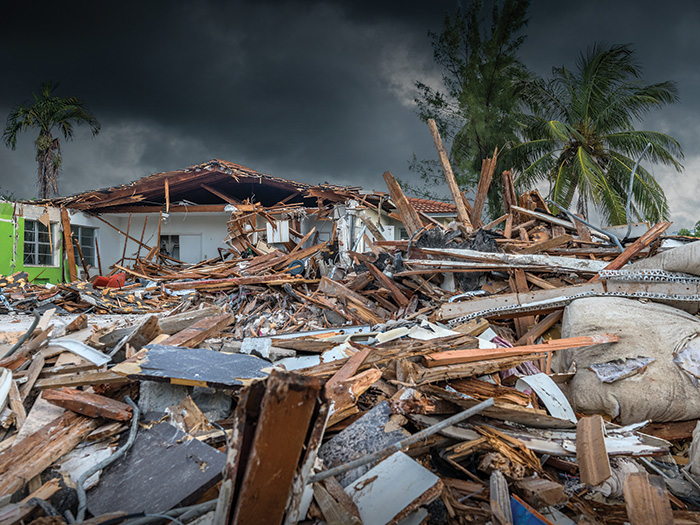
In 2022, there were 14 named storms during the Atlantic hurricane season. Eight became hurricanes and two became Category 4 major hurricanes. Florida felt the brunt of their wrath. Reuters reported insured losses equaled close to $120 billion dollars by the end of the season.
Wildfires ripped through California, leaving an estimated 363,939 acres burned, 876 structures damaged or destroyed and nine lives lost, according to data collected by the California Department of Forestry and Fire Protection.
Looking globally, Swiss Re reported natural catastrophes “caused an estimated USD $115 billion of insured losses in 2022 to date, coming in well above the 10-year average of USD $81 billion.”
And that’s not to mention the 7.8-magnitude Turkey-Syria earthquake that devastated communities in early February of 2023.
With natural catastrophes, the concept of predict and prevent may seem a little fuzzy. There isn’t a true way to predict every storm nor to prevent damage in the event of a sudden disaster.
Eliminating nature isn’t really an option.
Yet companies are dedicating their resources to tackling prediction and prevention for certain perils.
Getting Granular on Wildfire Risk
To get an idea of this, let’s take a closer look at wildfire risk.
“Due to the visible effects of climate change, we are now experiencing more droughts that are affecting forested regions and therefore increasing the risk of devastating and fast-spreading megafires,” explained Carsten Brinkschulte, CEO and cofounder of Dryad Networks, a company founded on providing ultra-early forest fire detection.
Climate change is a big risk driver across all Nat CAT types, and for wildfire specifically, it has led to several unexpected changes in how these events are spreading.
“Climate is causing catastrophes to be more destructive. Absolutely,” said Kevin Stein, CEO and cofounder, Delos Insurance.
“In 2017, we had this revelation of the big wind-driven urban conflagration. We had the Tubbs Fire up in Wine Country and the Thomas Fire down in LA. 2018 showed us this big new type of behavior can happen to different geographies, like the Camp Fire out in Sierra Nevada. 2020 introduced us to the dry lightning ignition event — a completely new type of behavior, once again, in the Bay Area,” he detailed.
With all that “newness” in terms of how wildfires are spreading, it can be hard to stay on top of what the best risk approach is each season.
“In terms of wildfire, there has to be a business structure that allows for an understanding of new revelations, new behaviors that evolve,” Stein said. That’s why Delos, as an example, is turning to predict and prevent to help aid insureds in their wildfire risk mitigation journey by bringing together AI, underwriting and scientific expertise.
Delos is actively working to bridge the coverage gap for hard-pressed areas in California, taking the information in its AI models and using it to aid insureds in protecting their properties from wildfire.
“We are working on a full-fledged personalized view to each individual home, providing loss reduction recommendations where they can truly understand their exposures, so each individual can say, ‘Okay, for my home I need to change X, Y and Z,’ whereas for another home, it may be different.”
Someone involved with the Delos network can find personalized recommendations on how to prevent wildfire spread, from brush reduction and removal to material upgrades that promote resiliency.
“We are directly financially aligned with loss reduction,” Stein explained. “It’s important for us, philosophically for why we started the company, that we’re trying to accomplish and financially to try to affect loss, to try to reduce loss.”
To eliminate the devastating damage and costs associated with wildfire risk, Brinkschulte’s team at Dryad Networks has developed a sensor powerful enough to detect the beginnings of a fire long before a flame erupts.
This device, called Silvanet, attaches to trees about a football field’s length apart and runs off solar power. It is capable of detecting the lightest traces of smoke, acting like a solar-powered nose with an alarm.
“The device is more accurate and works more succinctly than, say, a watchtower ranger who will only notice smoke rising long after a fire has started,” said Brinkschulte.
Silvanet will alert local fire safety professionals to the smoking underbrush, enabling them to get ahead of a raging blaze.
Technology Solutions for Natural Dangers
In terms of predicting and preventing losses stemming from such events, the risk management sector is in a prime position to build value and lessen a catastrophe’s blow for property owners.
“We need to be able to price risk. You can’t price risk without being able to predict risk,” said Stein.
“And prevent — that’s important to all of us. The whole industry rises and falls based on losses. And so, if we can take an active role in being able to prevent some of these losses, then we’re all better for it.”
McKinsey’s Global Insurance Report 2023 saw that “the nature of risks is evolving faster than ever, especially when it comes to natural catastrophes.” It further states that “commercial carriers must take action to expand their relevance by reducing protection gaps to fulfill the societal desire for resilience in a changing environment.”
“We are at a real inflection point,” said one of the report authors, Shannon Varney, partner, McKinsey & Company.
“We believe that carriers can play a very important role in meeting the moment for their customers in today’s market. With increasing frequency of high-severity losses, this is the time when the industry needs carriers to reassert their role as solution providers.”
From drones monitoring wildfire spread to sensors keeping track of flooding risk in real time to AI and machine learning pinpointing loss vulnerabilities at specific property locations, technology has enabled risk professionals to provide insureds with the knowledge and risk mitigation tools that go beyond traditional insurance.
One of the most tried-and-true ways that the risk community has already embraced prediction and prevention is through catastrophe modeling.
By inputting data of past catastrophic events into the modeling system, insureds can get a snapshot of how future Nat CATs in their areas could impact their property, in addition to understanding how their buildings may need improvement to withstand such storms.
“The real fundamental issue with catastrophes from an insurer’s perspective is that these events are relatively infrequent,” explained Verisk’s Roger Grenier, senior vice president of the global resilience practice.
“They’re what we call very low-frequency but very high-severity types of events … The models that we and others like us have use analytics to develop a synthetic view of what a year’s worth of claims activity could be. We run our simulation models against realistic exposure using realistic events to produce a range of estimates of how big these losses could be.”
From there, insurance companies can use that information to create risk management plans for insureds for the upcoming Nat CAT season.
One true benefit of such models is the collaboration behind them. They are often a combination of technology, AI, science and risk management prowess.
For example, Grenier shared that Verisk partners with the Insurance Institute for Business and Home Safety (IBHS) to add insight and value to the models they produce.
“The IBHS research lab, where they conduct experiments on things like the impact of hail on shingles or the degree to which wildfires might spread, gives us real-life conditions that are then used to inform the kinds of mitigation measures individual homeowners could take,” he said.
“Whether it’s certain types of construction materials or clearing brush around your home, it’s a good example of the kinds of data and experimentation that goes into informing our models, as well as things like building codes.”
Technology has greatly improved CAT models since their inception, making them more and more accurate with each passing season. It’s an essential tool for insurers to have in order to estimate what claims might look like for that Nat CAT season, which aids them in understanding what their claims capacity should be.
But modeling is also being used to help insureds understand their own vulnerabilities outside the traditional risk transfer model.
For example, the team at Swiss Re Corporate Solutions has implemented a property exposure module within its newly launched Risk Data & Service platform that enables insureds to view a digital twin of their facilities in order to see exactly where their vulnerabilities lie.
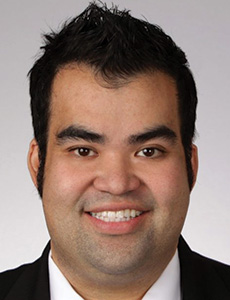
Allen Kwan, head of customer and distribution management, North America, Swiss Re Corporate Solutions
“[The modules] have been a game changer for our corporates, because it lets them load all their assets, all their data across all different tiers into a private data space,” explained Allen Kwan, head of customer and distribution management for North America, Swiss Re Corporate Solutions.
“They own their data, and it lives in the property exposure module, where we create a digital twin of the facilities.”
From there, insureds can input different types of scenarios, like say, what could happen in the event of an earthquake, and the system will use Swiss Re’s models to predict what could happen to the facilities.
“Then, say, it’s a risk manager for the company inputting the data, they would have access to this information, which will in turn allow them to make decisions on whether they can absorb that kind of event and proceed accordingly,” Kwan said.
It also enables the insured to decide if they may need to invest in updating building materials to withstand a storm — all in an effort to help make property owners’ assets resilient in the long run.
Resiliency at the Core of Prevention
Predicting every storm that will come to pass — or even just predicting how a force of nature like a hurricane or wildfire is going to behave — isn’t enough. But understanding that these storms are growing in strength and how they impact property can go a long way in preventing losses.
“The prediction part is about the insured understanding the quantum exposure they have and any worst-case scenarios. The prevention part is, ‘Okay, I know that I’m potentially exposed to this. What’s the worst-case scenario and how can I recover the fastest?’ ” said Kwan.
“We believe strongly that prevention needs to be a big part of the value proposition for carriers. Offering their balance sheet and risk transfer is not enough,” added McKinsey’s Varney.
That’s where resiliency can come into play. Property owners can make sure their buildings and other assets are secure long before a storm rolls in by understanding their vulnerabilities and fortifying their property against those exposures.
“In terms of frequency and increased severity, it comes down to really making sure that your business is built more resilient from all angles,” said Kwan. “And I think, if I had a business, prediction and prevention is where I would focus my efforts.” &


